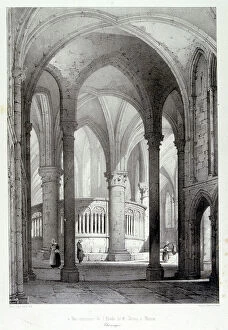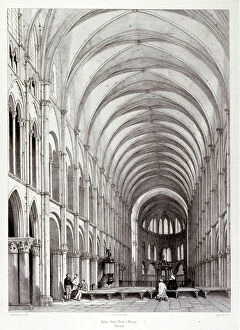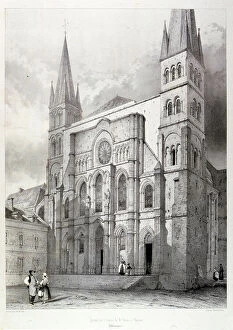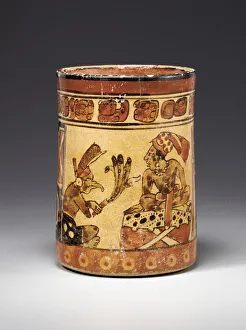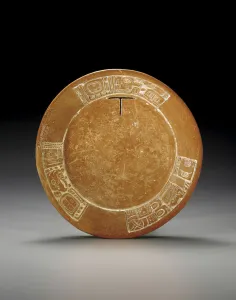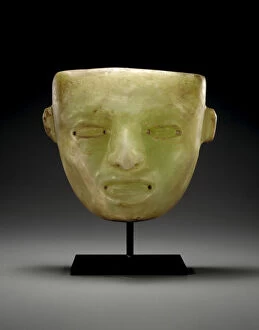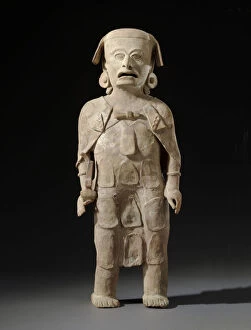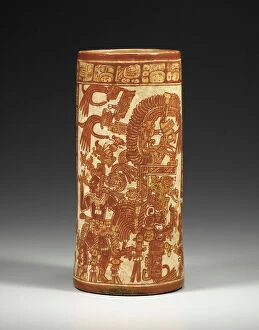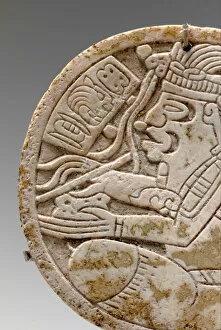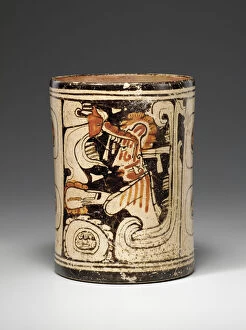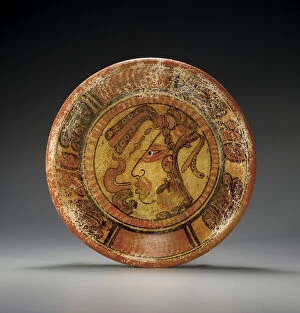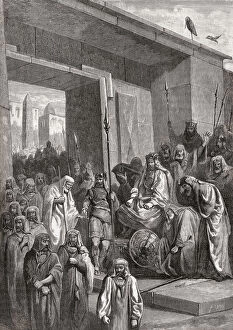Sixth Century Collection
In the vibrant sixth century, the Mesoamerican civilizations thrived and left behind a rich artistic legacy
All Professionally Made to Order for Quick Shipping
In the vibrant sixth century, the Mesoamerican civilizations thrived and left behind a rich artistic legacy. A Mayan polychrome vessel transports us to a time when a crosslegged lord held court on an ornate dais, showcasing his power and status. The intricate details of a Mayan shell pectoral reveal the profile torso of a dignitary, capturing their regal essence from 450-650 AD. A Teotihuacan stone mask takes us back to this era with its youthful face carved delicately into stone. This mesmerizing artifact represents the esteemed individuals who once graced these lands during this period. Meanwhile, a monumental Veracruz priest stands tall as an enduring symbol of religious devotion that spanned from 550-950 AD. The mastery of Mayan artisans is further showcased in their painted cylinder vessel depicting Hun Nal Ye, the maize god. This captivating artwork not only highlights their agricultural importance but also serves as a testament to their advanced civilization during this time. Delving deeper into Mayan culture, we encounter a detailed roundel made from precious shells portraying a crosslegged scribe diligently writing with pen in hand - an homage to intellectual pursuits prevalent in sixth-century society. Venturing beyond Mesoamerica's borders, we discover an extraordinary gold figure representing Shamanic practices found in Panama or Costa Rica around this time period. Its rarity speaks volumes about the reverence bestowed upon spiritual leaders during these ancient times. Even European history finds its place within this remarkable epoch; King Clovis' costume is immortalized through engravings that allow us glimpses into early medieval fashion trends and royal attire. As we gaze at chromolithographs capturing scenes from diverse cultures across continents during the sixth century, it becomes evident that art was truly universal - transcending boundaries and connecting humanity through shared creativity.

